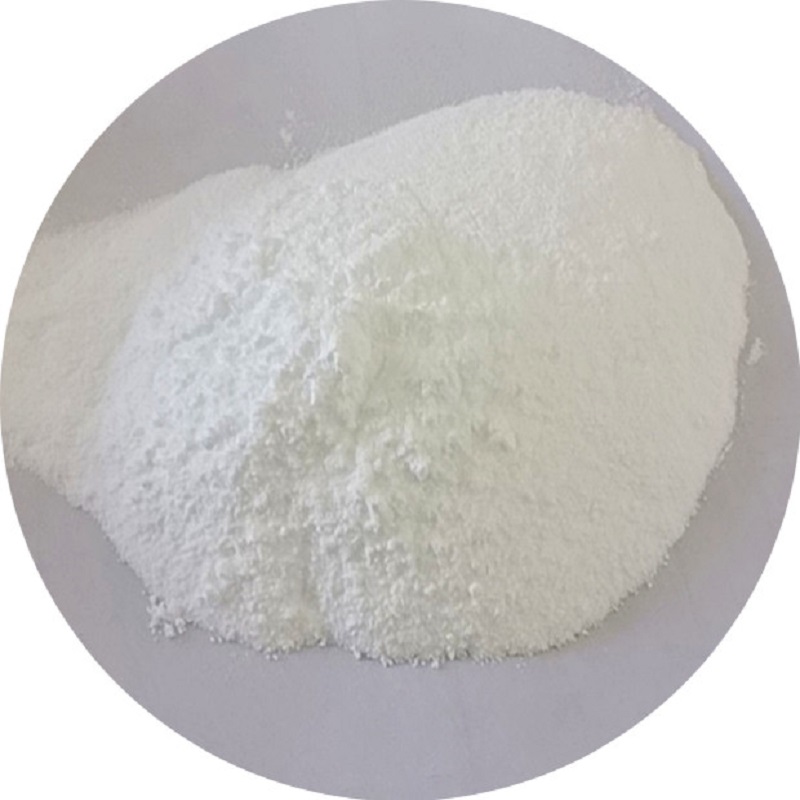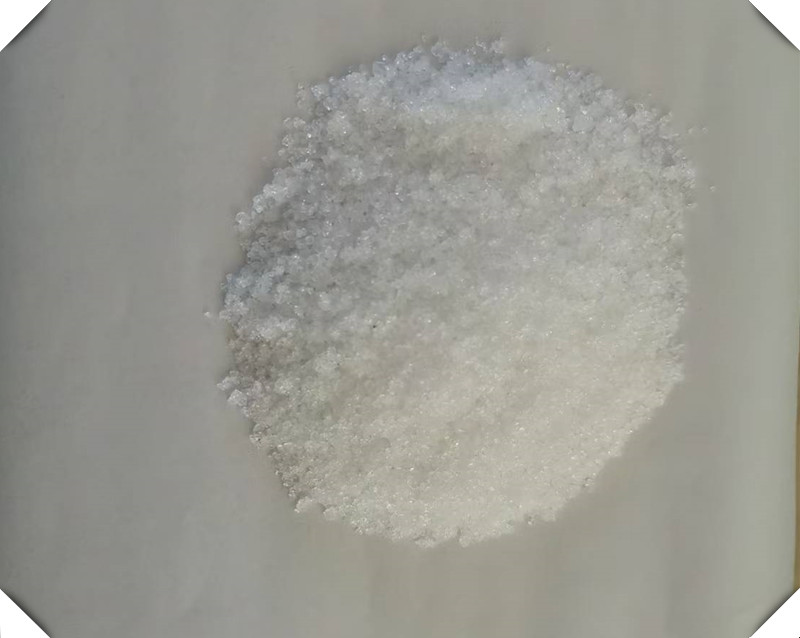There are many anti-mold and anti-bacterial agents available on the market, such as benzoic acid and calcium propionate. How should they be correctly used in feed? Let me take a look at their differences.
Calcium propionate and benzoic acid are two commonly used feed additives, mainly used for preservation, anti-mold and antibacterial purposes to extend the shelf life of feed and ensure the health of animals.
1. calcium propionate
Formula: 2(C3H6O2)·Ca
Appearance: White powder
Assay: 98%
Calcium Propionate in Feed Applications
Functions
- Mold & Yeast Inhibition: Effectively suppresses the growth of molds, yeasts, and certain bacteria, making it particularly suitable for feeds prone to spoilage in high-moisture environments (e.g., grains, compound feeds).
- High Safety: Metabolized into propionic acid (a natural short-chain fatty acid) in animals, participating in normal energy metabolism. It has very low toxicity and is widely used in poultry, swine, ruminants, and more.
- Good Stability: Unlike propionic acid, calcium propionate is non-corrosive, easier to store, and mix uniformly.
Applications
- Commonly used in livestock, poultry, aquaculture feed, and pet food. The recommended dosage is typically 0.1%–0.3% (adjust based on feed moisture and storage conditions).
- In ruminant feed, it also acts as an energy precursor, promoting rumen microbial growth.
Precautions
- Excessive amounts may slightly affect palatability (mild sour taste), though less than propionic acid.
- Ensure uniform mixing to avoid localized high concentrations.
CAS No.:65-85-0
Molecular formula: C7H6O2
Appearance:White crystal powder
Assay: 99%
Benzoic Acid in Feed Applications
Functions
- Broad-Spectrum Antimicrobial: Inhibits bacteria (e.g., Salmonella, E. coli) and molds, with enhanced efficacy in acidic environments (optimal at pH <4.5).
- Growth Promotion: In swine feed (especially piglets), it lowers intestinal pH, suppresses harmful bacteria, improves nutrient absorption, and boosts daily weight gain.
- Metabolism: Conjugated with glycine in the liver to form hippuric acid for excretion. Excessive doses may increase liver/kidney burden.
Applications
- Primarily used in swine (notably piglets) and poultry feed. The EU-approved dosage is 0.5%–1% (as benzoic acid).
- Synergistic effects when combined with propionates (e.g., calcium propionate) for enhanced mold inhibition.
Precautions
- Strict Dosage Limits: Some regions cap usage (e.g., China’s feed additive regulations limit to ≤0.1% in piglet feed).
- pH-Dependent Efficacy: Less effective in neutral/alkaline feeds; often paired with acidifiers.
- Long-Term Risks: High doses may disrupt gut microbiota balance.
Comparative Summary & Blending Strategies
| Feature | Calcium Propionate | Benzoic Acid |
|---|---|---|
| Primary Role | Anti-mold | Antimicrobial + growth promoter |
| Optimal pH | Broad (effective at pH ≤7) | Acidic (best at pH <4.5) |
| Safety | High (natural metabolite) | Moderate (requires dose control) |
| Common Blends | Benzoic acid, sorbates | Propionates, acidifiers |
Regulatory Notes
- China: Follows Feed Additive Safety Guidelines—benzoic acid is strictly limited (e.g., ≤0.1% for piglets), while calcium propionate has no strict upper limit.
- EU: Permits benzoic acid in swine feed (≤0.5–1%); calcium propionate is widely approved.
- Trend: Some manufacturers prefer safer alternatives (e.g., sodium diacetate, potassium sorbate) over benzoic acid.
Key Takeaways
- For Mold Control: Calcium propionate is safer and versatile for most feeds.
- For Bacterial Control & Growth: Benzoic acid excels in piglet feed but requires strict dosage.
- Optimal Strategy: Combining both (or with other preservatives) balances mold inhibition, antimicrobial action, and cost efficiency.
Post time: Aug-14-2025







